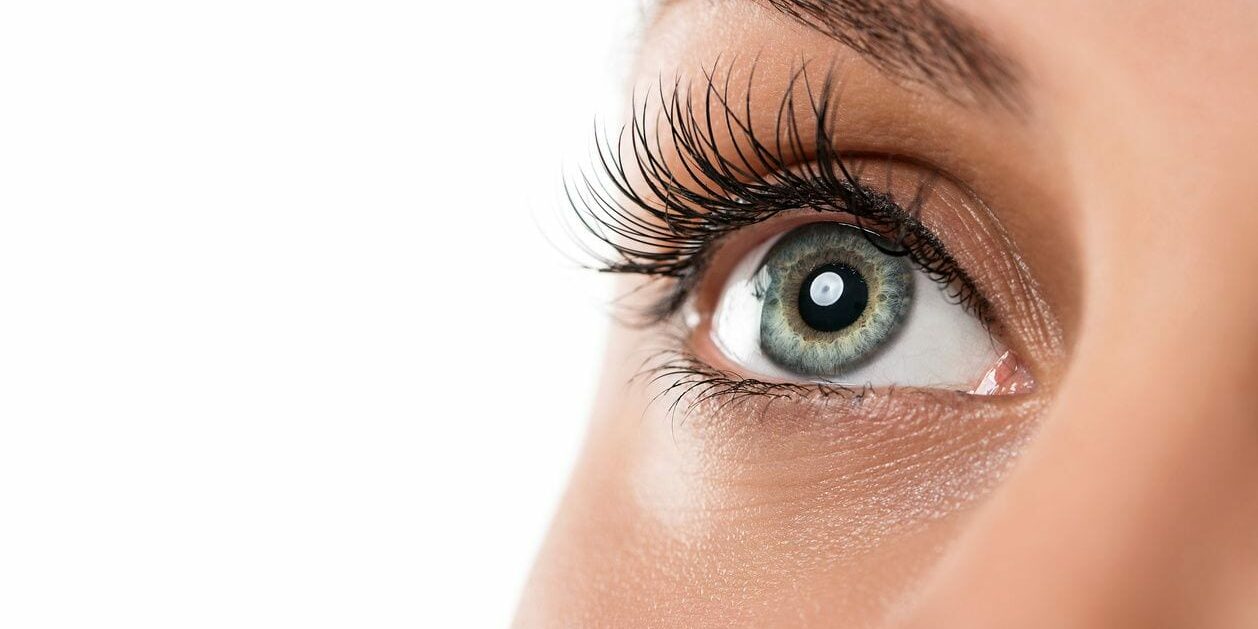Eyes
Dacryocystitis/Obstruction of Tear Flow
Tears normal flow from the eyeball surface into the nose through an elaborate system of small ducts assisted by a complex muscular pumping action. Lid position is critical to proper tear drainage. Disturbances in the duct and/or muscular pumping mechanisms can lead to the loss of proper tear drainage and/or obstruction of the system. Symptoms may range from tear build up in the eye with blurred vision and epiphora (spillage of tears on the cheeks) to dacryocystitis which is a collection of pus along the nose/eyelid junction due to infection.
Dacr,'ocystitis can have serious consequences. Obstruction of normal tear flow can be aleviated with solutions as simple as diating and flushing the ductwork to bypassing the normal anatomic drainage route into the nose. After a complete evabJation you and Dr. Spinelli can decide on the optimal treatment plan for your problem. Dr. Spinelli's unique background allows to design a tailored solution which meets your needs.
Corneal Exposure
The surface of the eye must be adequately covered and lubricated by the eyelids to provide both comfort and visual integrity. The cornea or clear part of the eyeball is especially sensitive to drying out or desiccation. Desiccation can result in discomfort, excess reflex tearing, Visual disturbances, and even corneal ulcers and blindness. Both the lower and less commonw the upper eyelid may be retracted from their normal position causing corneal exposure. The reasons or etiologies for retraction are varied and may be related to the aging process with loss of intrinsic eyelid support or to the congenitd absence of eyelid structures which presents in infancy. At any age corneal exposure may be acquired due to a host of problems including burns. trauma, infection, graves disease. and previous cosmetic and/or functional surgery _ Solutions to corneal exposure must be taiored to each patient and they like the etiologies may vary from simply tightening existing structures in the eyeids to inserting tissue grafts either at or below the skin level or even changing the volume of the orbit or eye socket. Sometimes areas of the face outside the eyelids may be addressed at the same time depending on the severity and cause of the problem. Dr. Spinelli's unique and extensive background in ophthalmology and plastic and craniofacial surgery, combined with his vast experience in ocular conditions, enable him to optimize your care. Together, Dr. Spineli and his patients can design a customized surgical plan which addresses both function and cosmetic concerns.

Corneal Exposure
The surface of the eye must be adequately covered and lubricated by the eyelids to provide both comfort and visual integrity. The cornea or clear part of the eyeball is especially sensitive to drying out or desiccation. Desiccation can result in discomfort, excess reflex tearing, Visual disturbances, and even corneal ulcers and blindness. Both the lower and less commonw the upper eyelid may be retracted from their normal position causing corneal exposure. The reasons or etiologies for retraction are varied and may be related to the aging process with loss of intrinsic eyelid support or to the congenitd absence of eyelid structures which presents in infancy. At any age corneal exposure may be acquired due to a host of problems including burns. trauma, infection, graves disease. and previous cosmetic and/or functional surgery _ Solutions to corneal exposure must be taiored to each patient and they like the etiologies may vary from simply tightening existing structures in the eyeids to inserting tissue grafts either at or below the skin level or even changing the volume of the orbit or eye socket. Sometimes areas of the face outside the eyelids may be addressed at the same time depending on the severity and cause of the problem. Dr. Spinelli's unique and extensive background in ophthalmology and plastic and craniofacial surgery, combined with his vast experience in ocular conditions, enable him to optimize your care. Together, Dr. Spineli and his patients can design a customized surgical plan which addresses both function and cosmetic concerns.
Graves' Disease
Graves' disease and Graves' disease of the orbit are auto immune diseases that frequently affect the eyelids. eye socket or orbit and most of the soft tissues around the eye. 30th types may present with eyelid retraction with a resultant "Thyroid stare" and some degree of exophthalmos (excessive prominence of the eyes). 30th variants of Graves' disease can present severe esthetic problems well as serious medical problems which when left untreated can lead to c functional loss of vision and even bindness.
Appropriate treatment for Graves' disease involving the eyelids or orbit may range from using topical eye lubricants and drops to undergoing surgical procedures that reposition the eyelids. In more severe cases the eye itself and / or optic nerve may require repositioning or decompression and changes in the bone around the eye (orbit) are made to achieve excellent cosmetic and functiond results. Dr. Spinelli has performed and has extensive"/ written about these procedures. Dr. Spine'i's unique background and experience in ophthalmology, plastic and craniofacial surgery enable him to treat patients with Graves' disease with optimal results in both the cosmetic and functional aspects of you' customized care.